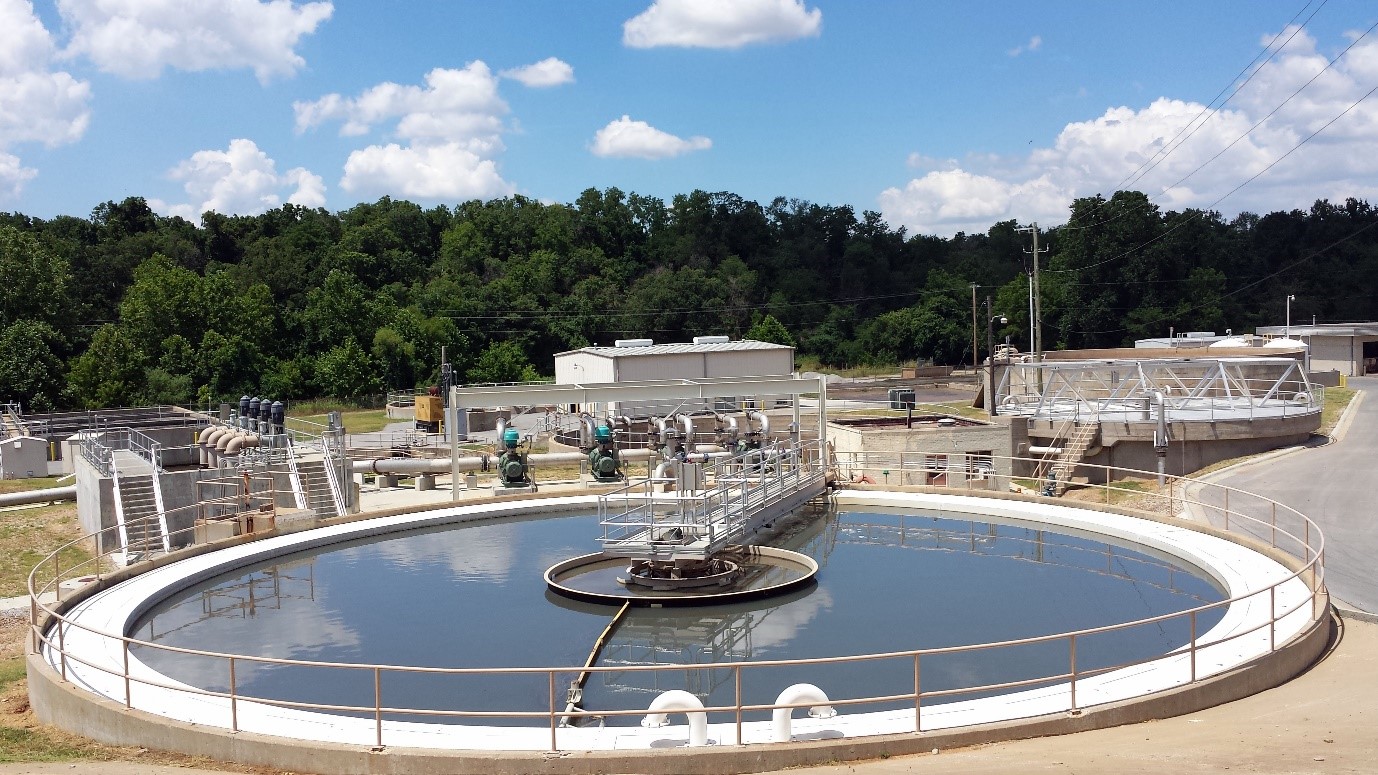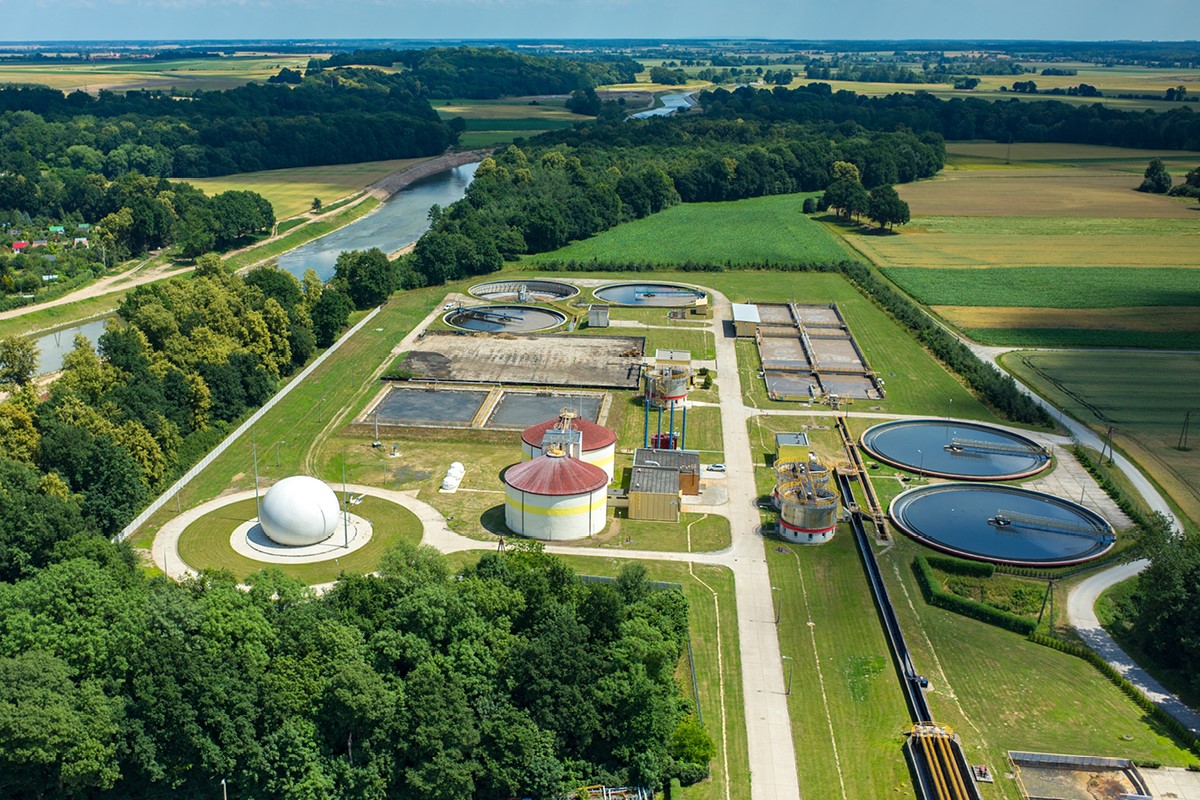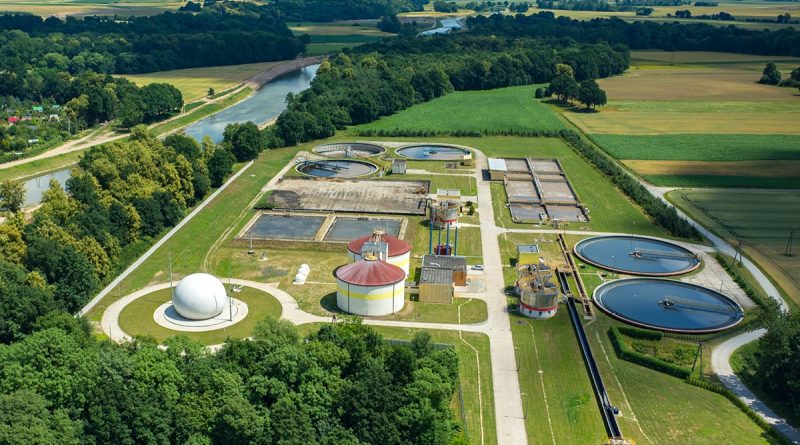How does a water treatment plant work?
Have you ever wondered what happens to the water that is flushed after you’ve used the toilet? Or what kind of process the water has gone through that runs form your taps? Here is how the wastewater process works in the UK:
Wastewater is recycled from millions of homes before it is returned to rivers and the sea.
Wastewater is that which is used in the home, in factories, in businesses and from the rain that falls on rooftops, pavements and roads right across the UK. All the water travels the same route, whether it’s from rain or someone’s bathtub. It is directed to run into drains which become sewers that run invisibly under the roads. The sewers carry this water, now known as sewage, all the way to the nearest sewage works or water treatment plant facility. Water treatment plants must work efficiently every day which means only the highest quality components will do. For Industrial Valves like those used in the water treatment sector, visit https://www.orseal.com/
Stage 1 – Screening
Many objects can end up in sewers that shouldn’t be there. Things like nappies, plastic carrier bags, false teeth and cans etc. All of this debris must be removed in the first stage of water treatment, along with things like gravel and debris washed into the sewers from roads.

Stage 2 – Primary settlement
The next stage also involves removing large items of dirt and this is done by pumping water into huge, deep tanks known as sedimentation tanks. Any heavy or large particles of solid rubbish will sink to the bottom of the tank, forming a layer of sludge-like substance.
The sludge is treated after removal and can be provided to farmers to use for fertiliser on their crops. What is now left is water with no large debris but still lots of tiny, invisible dirt.
Treating sewage means dealing with a lot of solids known as sludge. This must be treated before using as fertiliser on farmland. Large tanks known as digesters are used in which bacteria break down the sludge and give off methane gas. The gas is collected and used to generate electricity or heat in which to dry the sludge and turn it into granules of fertiliser.
Stage 3 – Biological treatment
This is the stage where millions of bacteria are put to work, breaking down waste into harmless substances. This is either done by holding water in big tanks and continually pumping air through to help the bacteria grow or by passing the water over beds of stones that contain waste-eating bacteria.

Stage 4 – Final settlement
Now the water is almost clean, there is one last stage of treatment to remove any remaining waste particles. Normally, the water is passed through a tank called a humus tank or sometimes a reed bed is used. The water is then ready to be returned to the rivers or the sea, ready to begin the cycle all over again.
Removing bacteria
Sometimes an additional stage of treatment is required. When effluent is to be returned to an environment where algae is prevalent, nutrients are removed from the effluent that encourage algae growth. Any unwanted bacteria and viruses are removed from water using ultraviolet light.


